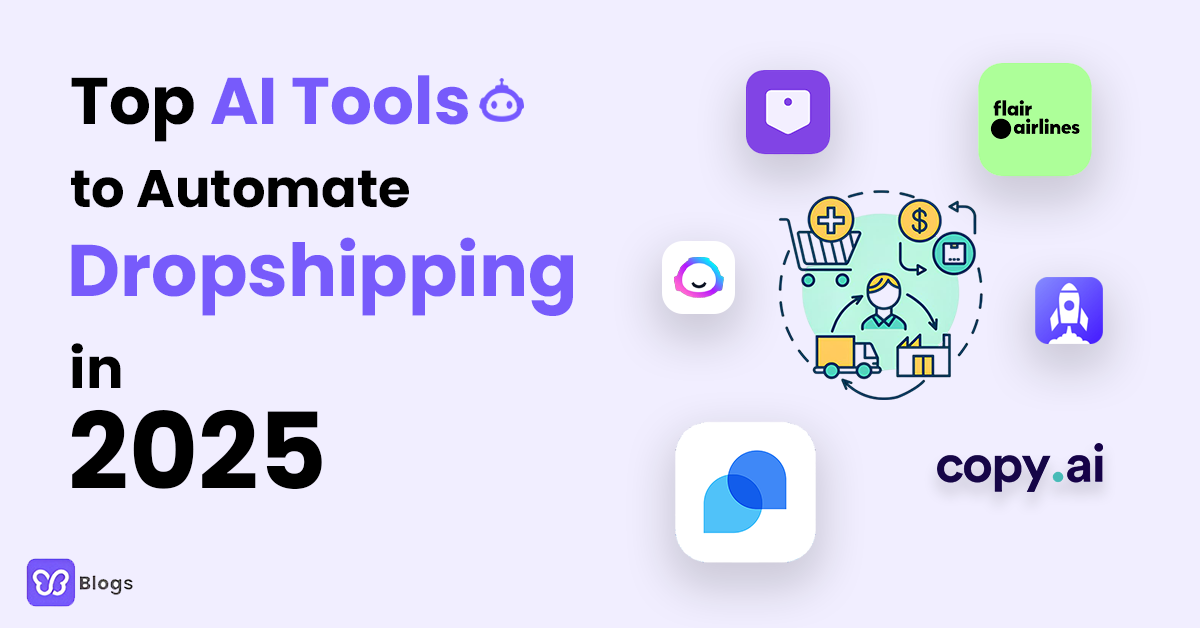A. Dealing with gatekeepers and getting past initial obstacles
One of the key challenges in B2B prospecting is navigating through gatekeepers and getting past initial obstacles.
Gatekeepers, such as receptionists or assistants, are often tasked with screening calls and emails to protect decision-makers from unsolicited communications. However, overcoming this hurdle and reaching the intended prospect with the right approach is possible.
Here are some strategies to consider:
1. Research and preparation: Before reaching out to a prospect, conduct thorough research to understand their role, responsibilities, and interests. This will help you craft a personalized message that resonates with their needs. Additionally, gather information about the company's decision-making structure to identify potential gatekeepers and their contact details.
2. Building relationships with gatekeepers: Instead of viewing gatekeepers as obstacles, consider them as valuable resources who can provide insights and facilitate your communication with decision-makers. Treat them respectfully, establish rapport, and demonstrate that you understand their role in the organization. By building a positive relationship, gatekeepers may be more inclined to help you connect with the right person.
3. Utilizing multiple channels: Don't solely rely on phone calls or emails to reach prospects. Explore alternative channels such as social media platforms or professional networking sites. Connecting with prospects on these platforms can help bypass gatekeepers and directly engage with decision-makers.
B. Handle rejections and turn them into opportunities:
Rejections are an inevitable part of the B2B prospecting process. However, with the right mindset and approach, rejections can be turned into opportunities for growth.
Here's how to handle rejections effectively:
1. Seek feedback: When faced with rejection, ask for feedback to understand its reasons. This feedback can provide valuable insights into areas for improvement, such as your messaging, value proposition, or targeting strategy. Use this feedback to refine your approach and enhance your prospecting efforts.
2. Persistence and follow-up: A rejection doesn't necessarily mean the end of the road. It may simply indicate that the timing or circumstances were not right. Maintain a persistent but respectful follow-up strategy to stay on the prospect's radar. Timing is crucial, so consider setting up a follow-up schedule and cadence to ensure you don't miss opportunities when circumstances change.
3. Learn from rejections: Treat rejections as learning experiences. Analyze your prospecting efforts and identify patterns or trends contributing to the rejections. Use this information to iterate and refine your strategies for future prospecting endeavors.
C. Adapt and iterate strategies based on feedback and results
In the dynamic world of B2B prospecting, it is essential to adapt and iterate your strategies based on feedback and results.
Here's how to effectively leverage feedback and data to optimize your prospecting efforts:
1. Analyze data and metrics: Regularly review and analyze data from your prospecting activities. To identify patterns and trends, look at response rates, conversion rates, and engagement levels. This data can provide valuable insights into the effectiveness of your strategies and help you make informed decisions.
2. Seek customer feedback: Engage with your existing customers to gather feedback on their experience with your prospecting efforts. Ask for their input on what resonated with them, what could be improved, and any suggestions they may have. This feedback can help you refine your strategies and better align them with the needs and preferences of your target audience.
3. Embrace experimentation: Don't be afraid to try new approaches and experiment with different B2B prospecting methods and strategies. Test different messaging, channels, or targeting criteria to see what works best for your specific audience. Be open to learning from successes and failures, and use this knowledge to iterate and optimize your prospecting strategies continuously.
By overcoming gatekeepers, handling rejections effectively, and adapting your strategies based on feedback and results, you can enhance your B2B prospecting efforts and increase your chances of success.
Prospecting is an iterative process, and continuous improvement is key to achieving long-term success in B2B for sales teams.







